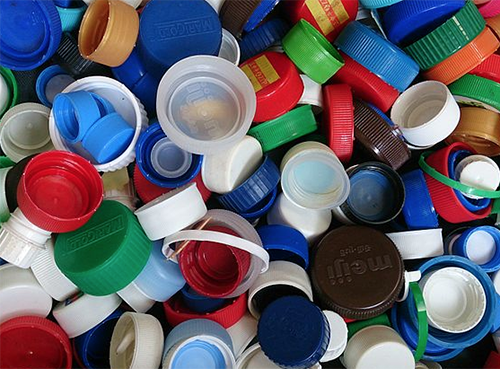Tubing
Description: Plastic or rubber tubing is often used to transfer milk, beverages or other food ingredients during food processing. Tubing generally requires a flexible, durable, and crack-resistant material that can withstand fluctuating temperatures and regular washing.
Potential Concern: Chemicals of concern may migrate from some tubing into food and beverage ingredients during food processing. People may be exposed to those chemicals and potential harm when they consume the final product.
Solution Focus: Choose tubing that that avoids chemical additives of concern. Also avoid tubing made of plastics or elastomers that pose toxic hazards over the lifecycle of the material. For improved sustainability, prefer a more durable tubing materials that lasts for multiple years.

References
Pure Strategies (2018). Sources of Phthalates in Dairy Farm Equipment. Prepared for Environmental Health Strategy Center and Coalition for Safer Food Processing & Packaging, with screening and testing by Ecology Center. Full report.
Carlos KS, de Jager LS, Begley TH (2018). Investigation of the primary plasticizers present in polyvinyl chloride (PVC) products currently authorised as food contact materials. Food Additives and Contaminants: Part A. 35:6, 1214-1222. https://doi.org/10.1080/19440049.2018.1447695
See full list of resources here.
Information last updated: 10/28/2021


